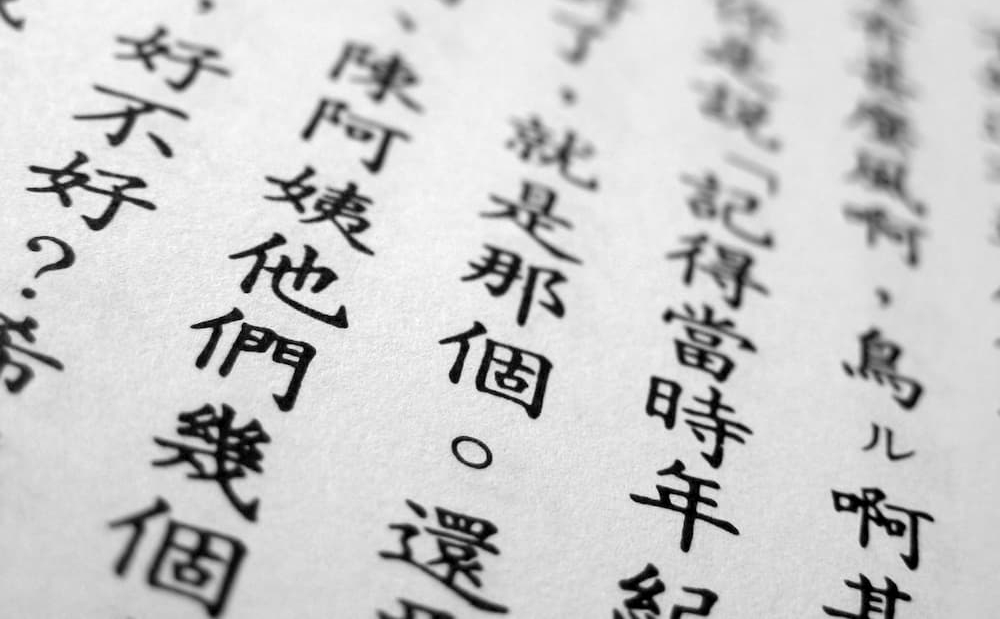
Cantonese and Other Dialects
Splendid
Chi Culture
Topic
Cantonese and Other Dialects
China’s territory is vast and because of this the spoken language varies from place to place, a fact that has often been noted by travelers. The Ming dynasty (1368–1644) phonologist Chen Di (1541–1617) once said, “Time has past and present, places have north and south, so too does the script change and pronunciation alter—these trends are inevitable.” In addition to geographical reasons, differences in China’s dialects also arise from historical conditions and social factors.
The Chinese language is commonly divided into seven dialects: Northern, Wu, Xiang, Gan, Yue, Min, and Hakka. A long time ago, the people who spoke the Northern dialect were nomads and aspects of this lifestyle can be found in their speech. Two examples of this are the following sayings: “A camel dead from starvation is bigger than a horse,” and “After passing this village, there will not be any more shops.” The first expression refers to intrinsic qualities: camels are larger than horses and not even death by starvation can change that fact. The second means “this is your last chance.” In the south of China there are many rivers and lakes. In the Cantonese dialect, paituo (which means “courting”) is composed of two characters: pai referring to a small boat approaching a larger one, and tuo meaning a tugboat. In Xiamen (Amoy) dialect, the phrase “the boat leaves no traces on the water” means “things change with time.” Various governmental, economic, educational, scientific, technological, and recreational features can vary widely from place to place and different dialects have adapted to reflect them. In Hong Kong, for example, the word “chief executive” was coined to express a government position unique to the area. Numerous dialectal words can be found in food culture, too.
Cantonese is an important dialect in southern China and is the representative dialect of the Yue family. Centered in Guangzhou (which sometimes lends its name to the dialect), it is commonly spoken in the Pearl River Delta area, central and part of the northern area of the province. The Cantonese commonly spoken in Hong Kong and Macau belong to the same dialect and only varies somewhat from the spoken language of Guangzhou. However, the relative similarity can cloak the fact that one has more cachet than the other. Hong Kong Cantonese has a relatively independent writing system that uses dialect words. Multi-media spreads Hong Kong’s particular variety of Cantonese well beyond the city’s limits. However, the spoken language in Guangzhou is more conservative in comparison.
The changes in spoken Chinese that led to the formation of Cantonese probably began around the Qin dynasty (221–206 BCE), or earlier. During the Tang (618–907) and Song (960–1279) dynasties, migrants from the Central Plain also influenced the formation of Cantonese. That is the reason the dialect heard today is not a relic of a much earlier type of Chinese. Since the Open-Door Policy, Guangdong province has led the way and many people went there to learn the language; for a while, Cantonese was in vogue.
Cantonese pop culture, based in Hong Kong, is widespread and movies, TV dramas, advertisements, novels, and manhua (better known by the Japanese name, manga), are watched and enjoyed throughout the country. These have served to expand the influence and social function of Cantonese causing it to be a lingua franca among the Hakka and Fujian-dialect speaking groups in the province.
Dialect is the carrier of local culture; this can be seen in the strong “local flavor” of dialectal expressions. The earliest literary work in which dialectal expressions can be found is the “Guo feng” (Airs of the States) section of the Shi jing (Classic of Songs), which are mostly folksongs. Some of the songs are in a nonstandard language, i.e., dialect. Later, regional speech can be found in many folksongs and folk dramas. However, this type of language was not traditionally valued in literary works. Thus, literati, did not use regional speech, with its strong dialectal flavor, in their writings. It was not until the late Ming dynasty that Feng Menglong (1574–1646) wrote a work using the rich vocabulary of the Wu dialect. This work is his collection of folksongs Shange ji (Collections of mountain songs). It was not until the Ming and Qing (1644–1911) periods, with the rise of vernacular fiction that dialectic literature found a niche in Chinese literature. For example, Shuihu zhuan (Water Margin), and Jin Ping Mei (The Plum in the Golden Vase) make great use of the Shandong dialects. It is generally believed that these works were written in the Northern dialect (the standard language spoken in the Yangtze and Huaihe River region). After the People’s Republic of China was established, dialect was used less often in serious literature. However, some novelists achieved remarkable results by writing in a mixture of dialectal and standard language. Lao She (1899–1966) wrote some successful novels using the Beijing dialect; Zhao Shuli (1906–1970) used Shanxi dialect in his novels, and Zhou Libo (1908–1979) used the local dialect of northeast China.



